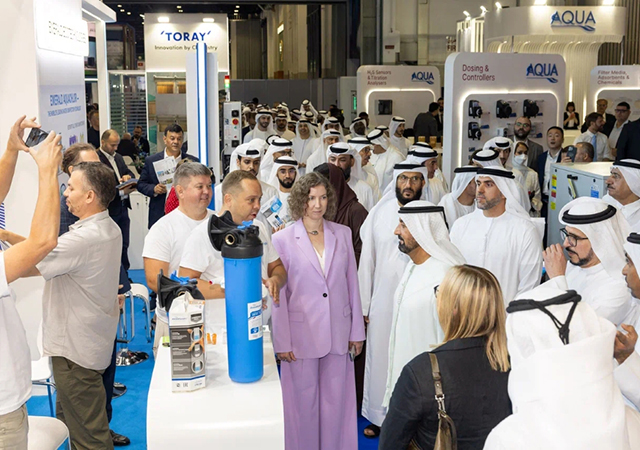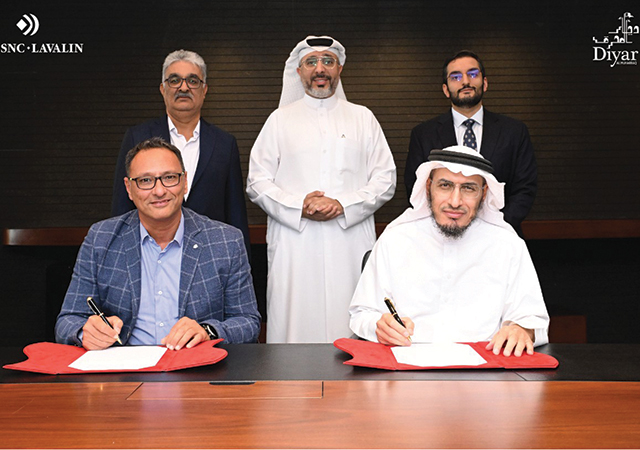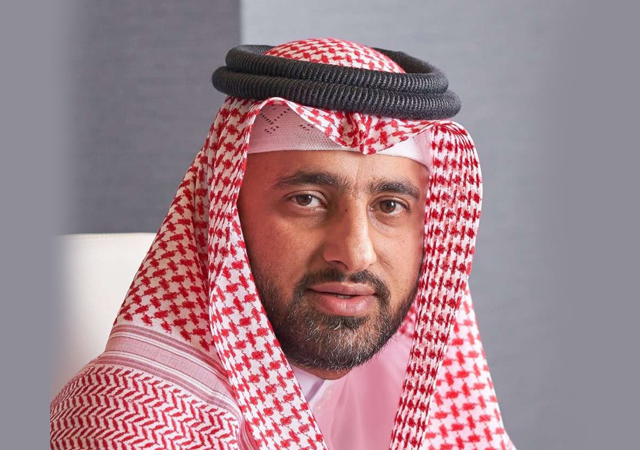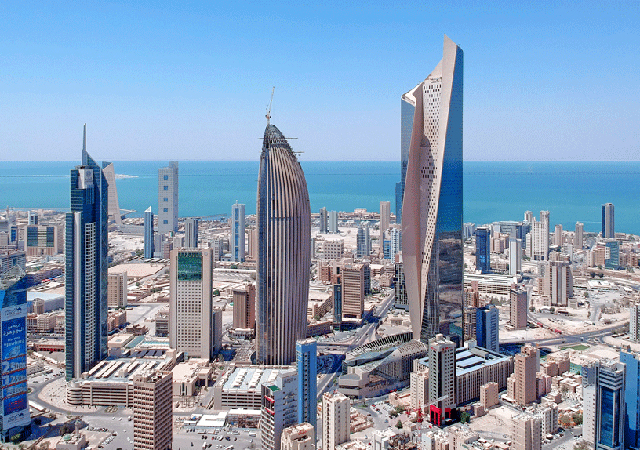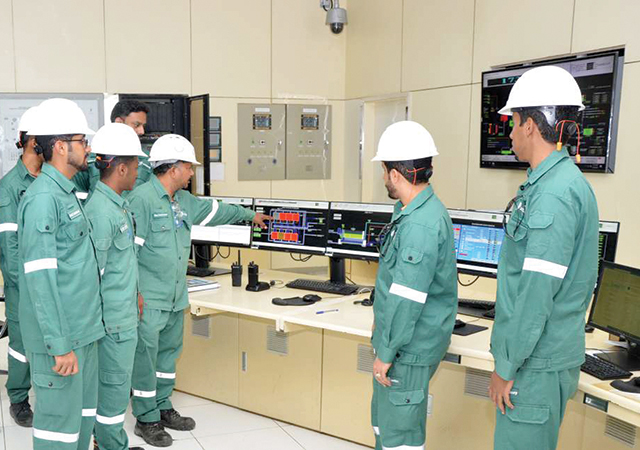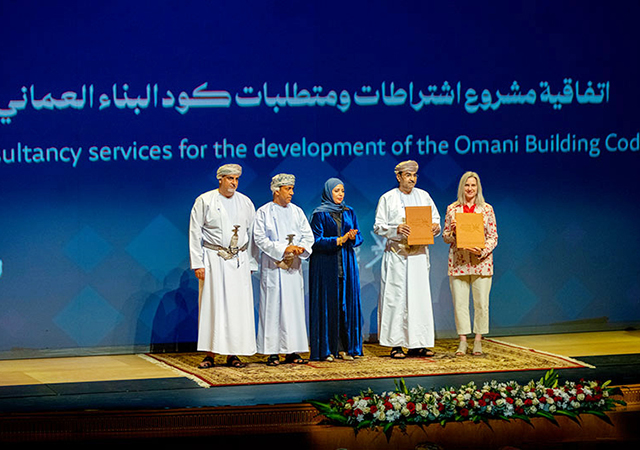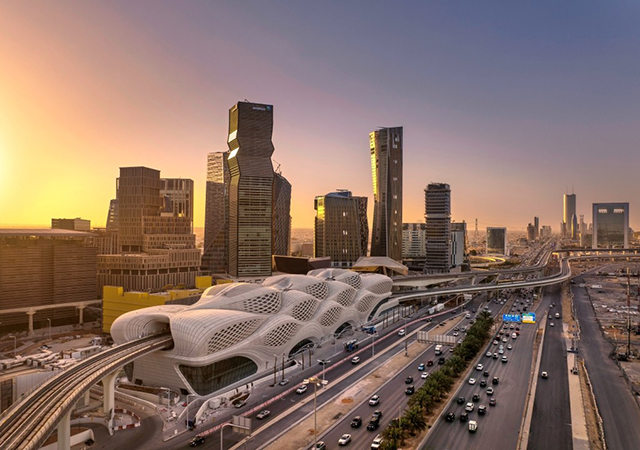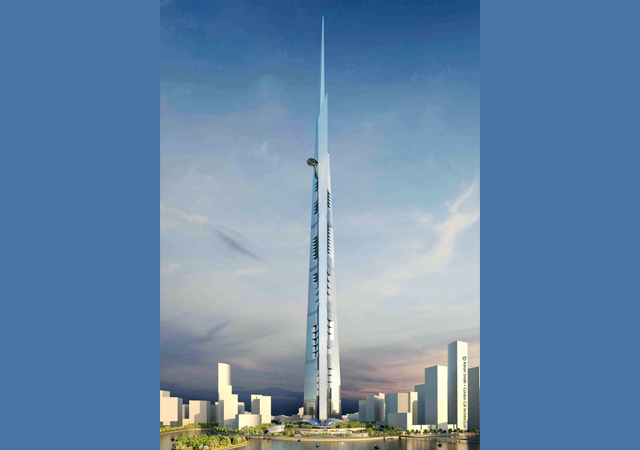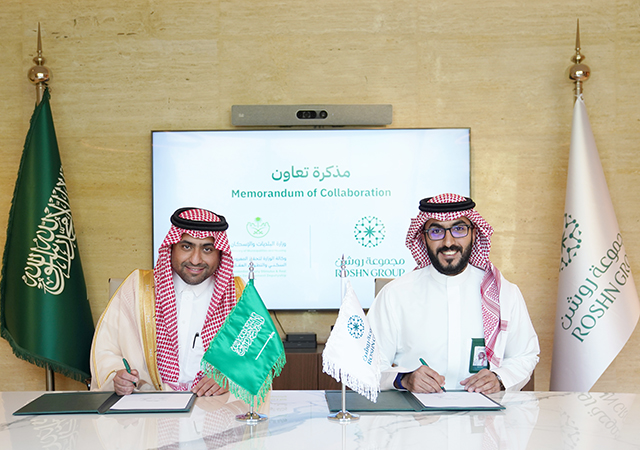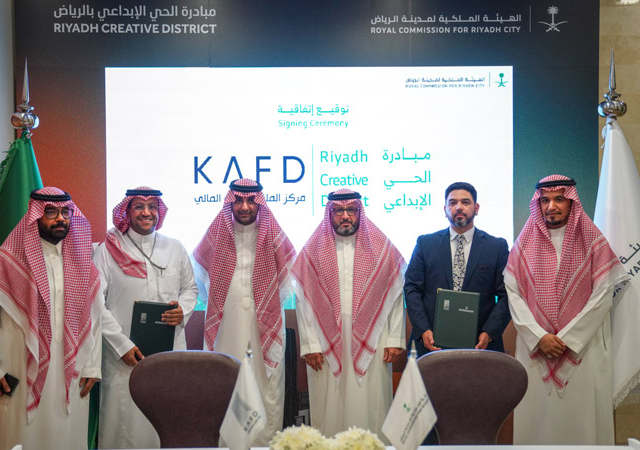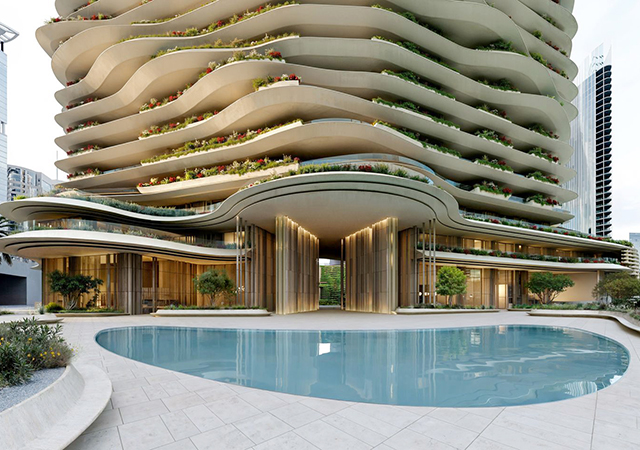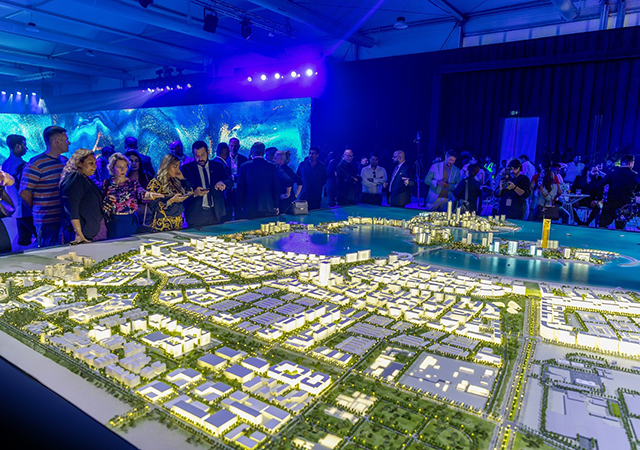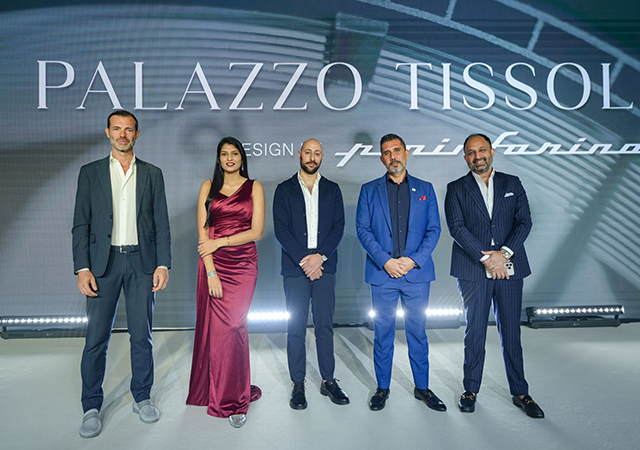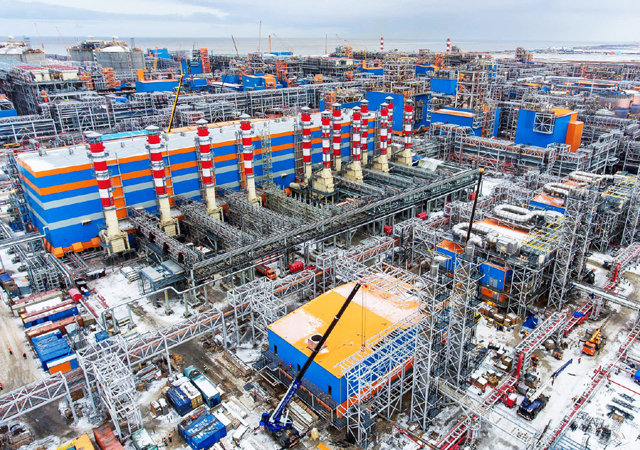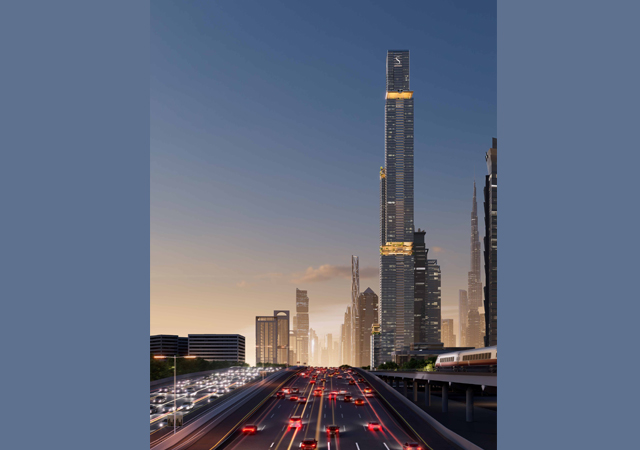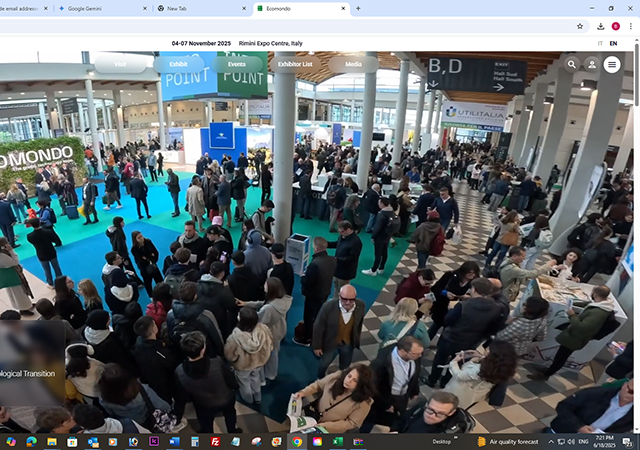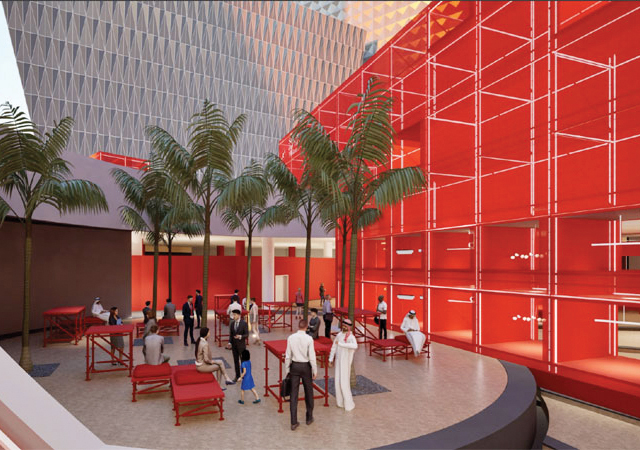GENERAL lighting accounts for the lion’s share of the global lighting sector – valued at some €55 billion ($71 billion, in 2011) with an annual growth rate of six per cent – and is under increasing pressure to adopt energy-efficient lighting technologies.
According to a 2012 McKinsey study, ‘Lighting the Way’, one in two residential light sources is already an energy-saving lamp. The global market is moving towards energy-saving lamps – the ban on incandescent light bulbs in the EU was fully implemented last year – and ever-stricter energy regulations promote this development, which also leads to significant changes in the production and value-chain processes of the lighting industry.
Lighting accounts for around 20 per cent of global electricity consumption and hence efficient lighting technologies make significant energy savings possible. According to estimates by licht.de, a German association for the luminaire and lamp industry, this amount could be reduced by around 30 per cent through consistent use of energy-saving lighting technologies. Compact and linear fluorescent lamps are currently the most widespread. Such lamps require considerably less electricity than conventional light bulbs. However, they contain mercury, which is why the disposal of fluorescent lamps at the end of their lifecycle is costly.
Hence, the future belongs to LED technology. Modern LEDs are high-performance products. They are 10 times more energy-efficient than a classic incandescent light bulb and offer users many benefits – they save energy, are very robust and very versatile. LEDs are more efficient than fluorescent lamps and extremely long-lasting, with LED lamps and luminaires having a lifetime of up to 50,000 hours.
Furthermore, they make for great colour variety and offer completely new design options due to their compact construction. However, materials used in LED technology must satisfy high demands: they must not only be able to cope with high temperatures and huge light output, but must also facilitate the economical production of this high-tech light source. The high energy density of the light puts the lenses under stress and this is an area where conventional organic product materials have reached their limits.
Silicone, on the other hand, provides a state-of-the-art encapsulation and lens material for high-performance LEDs. It is highly heat-resistant and additionally protects the semiconductor chip against heat and moisture. Further features are excellent light stability and outstanding transparency. Moreover, silicone is easy to process and can withstand high radiation densities. However, not all silicones are alike – there are subtle, but crucial differences in quality.
This is where innovative silicones from Wacker come in.
Wacker, the Germany-based chemical company, has been a key development partner to the lighting industry for years. Silicones from the company are already used in halogen and fluorescent lamps as well as automotive lighting. Due to their unique property profile, silicones are ideal for LED lighting applications and have already been successfully used here for several years. Silicones offer a unique combination of excellent heat stability, good photostability and high transparency, making them the materials of choice for many different applications along the entire value chain.
Silicones are used as encapsulants or as optical lenses directly on the LED chips, for example. Here, Wacker offers a variety of high-performance silicones that are tailored to the specific process and requirements of the manufacturer. Silicones and moulded silicone parts also play a central role in LED modules and LED retrofit lamps, for example as reflector or diffuser. The latter distributes the point-source LED light evenly and so that it is pleasant for the human eye.
A specific silicones application in complete lamps – alongside the encapsulation of electronic components and sensitive parts – is the sealing of the housing or bonding of various components to permanently protect them against heat, cold and moisture. Thanks to their durability and long-lasting performance, silicones contribute to a long lifetime of LEDs, lamps and luminaires.
Silicones will continue to play an increasingly important role in the development of energy-efficient lighting systems in the future.
Together with leading lighting companies, Wacker is developing new solutions to further promote the popularity of LED technology. These projects particularly focus on further improvements of the optical and thermal properties of silicones.
*Stefanie Rall joined Wacker in 2006 as a marketing manager for silicone elastomers. Since 2009, she has been working in Strategic Marketing, supporting global projects in the Engineering Silicones business unit.








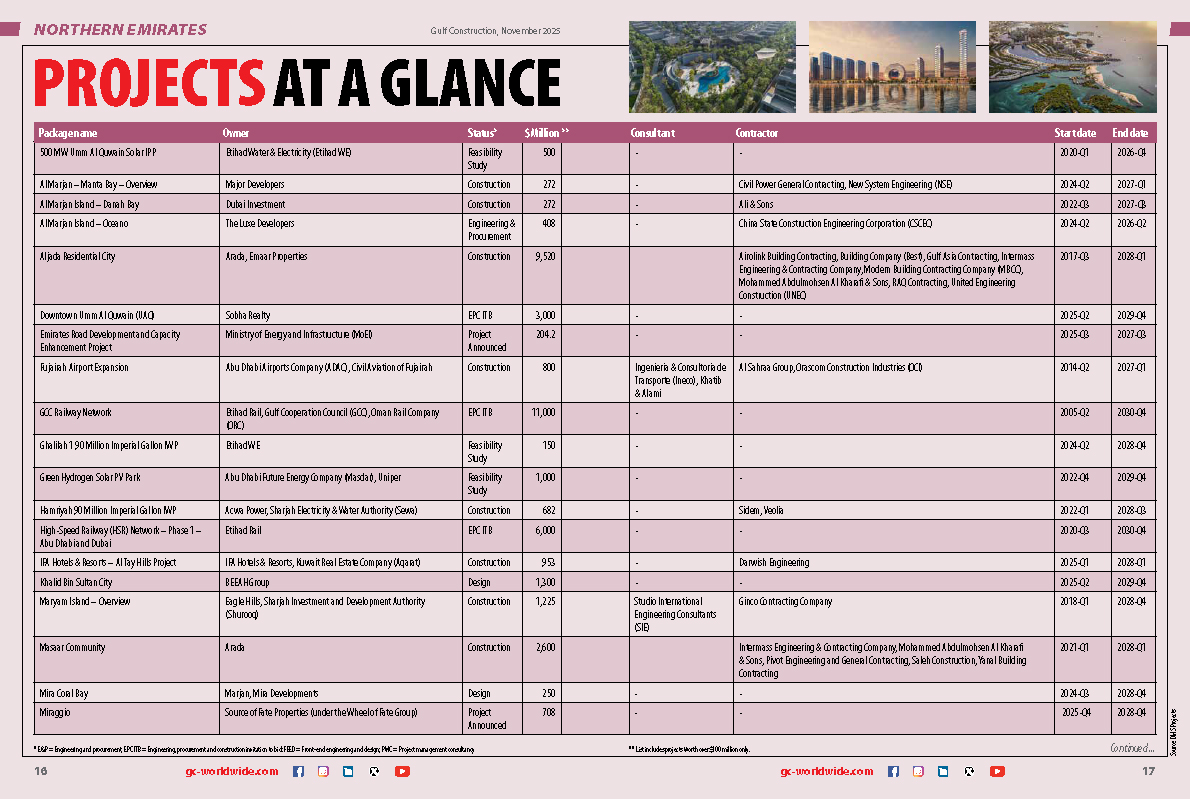




(5).jpg)


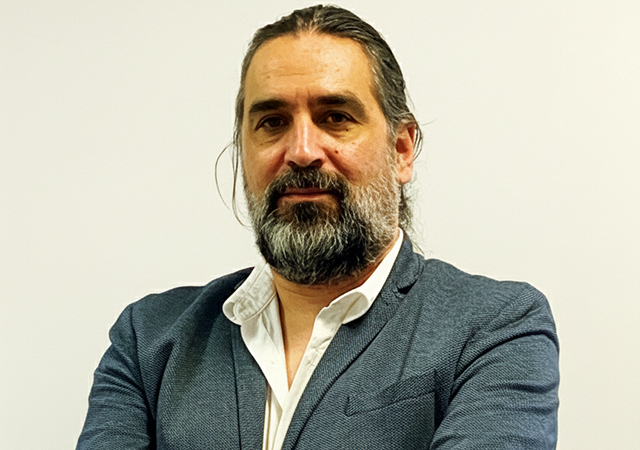
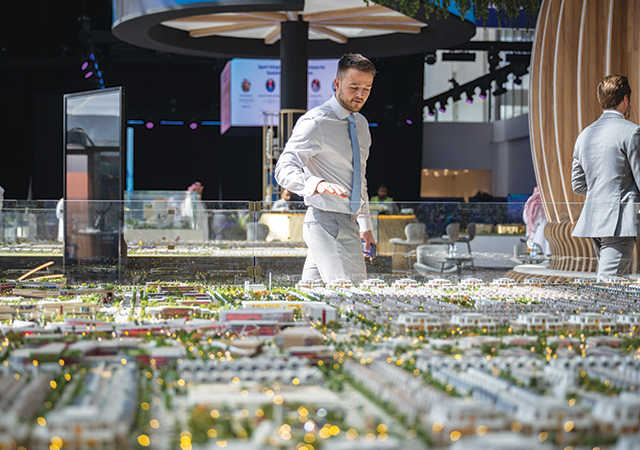

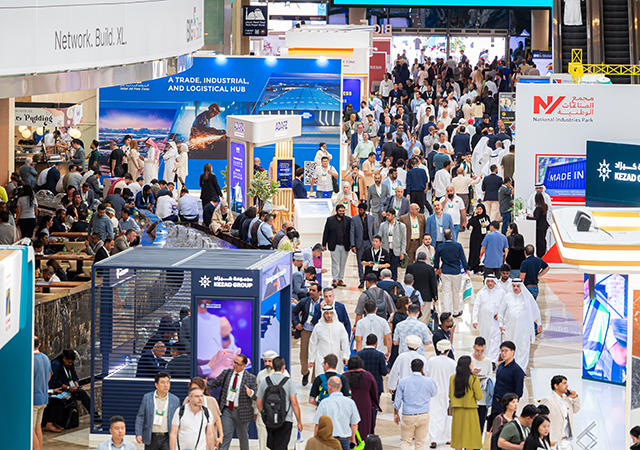
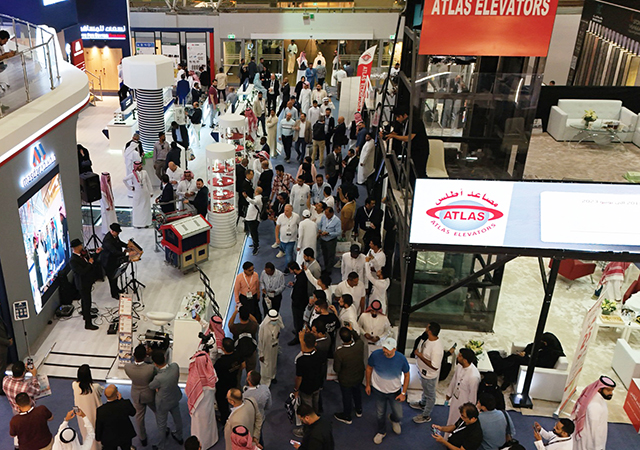

.jpg)





